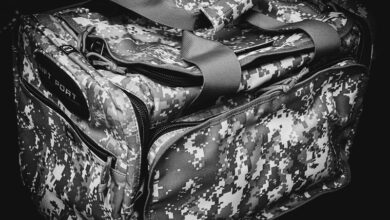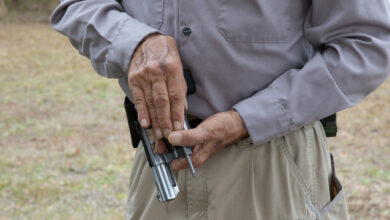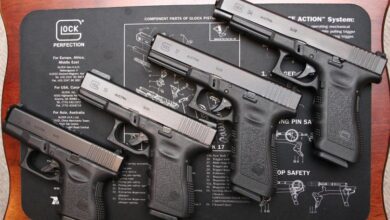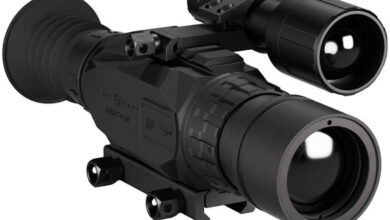Revolver Gear List for Beginners
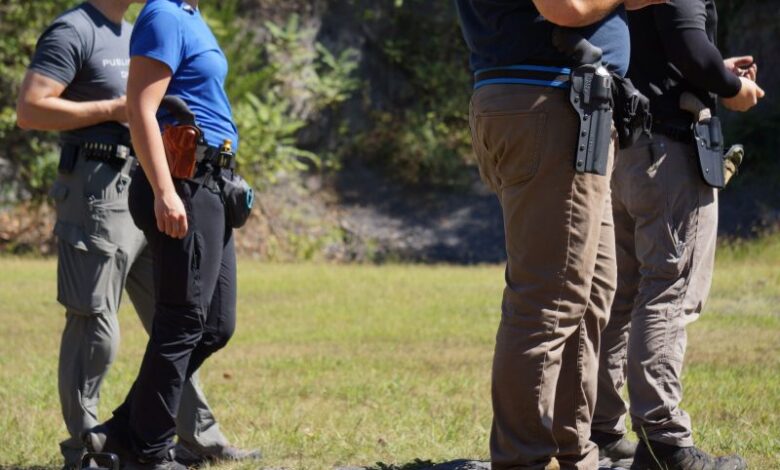
Revolvers are a pretty niche thing. Taking a revolver class — also very niche — can be intimidating to even experienced revolver runners, let alone beginners. Nobody wants to spend their money and weekends on a class where they can’t succeed due to a lack of gear. This was apparent in a recent Fundamental Revolver Skills class taught by Caleb Giddings of Citizens Defense Research.
Below are some easy items to purchase, set up, and use that will contribute to a successful first dive into running revolvers fast and accurately.
Revolver Holster
Now, this will 100% depend on the way you carry your revolver and how you want to run it in class. Many new revolver shooters choose to run an Outside-the-Waistband (OWB) holster. Picking a holster can be as easy as a Google search for a Kydex holster for a specific revolver model. To mount the holster to your belt, simply attach a Universal Belt Loop (UBL) attachment from Safariland. This allows you to use any rigid type belt and simply run it through the holster like normal belt loops.
Belt
Depending on your holster setup, your belt can be a two-piece competition-style belt or a simple one-piece belt with some rigidity. For a beginner who may not want to spend hundreds of dollars on equipment just yet, simply use your everyday carry belt. However, this belt requires some rigidity and the ability to get tight enough to hold the revolver and ammo holders in place. Remember, if running a normal one-piece belt, the Safariland UBL attachment is the easiest and most inexpensive holster attachment option.
A Fanny Pack
This is a must for both beginner and experienced revolver shooters in a class. When running both speed strips and speed loaders, these items will ultimately need reloading. In addition, the instructor may ask you to “plus up the gun” during a drill, meaning remove a couple of expended cartridges and fill the entire cylinder with live ammunition. The fanny pack stores loose ammo on your body for refilling both the loaders and gun when needed. Also, it’s a great place to throw your expended reloading tools, e.g., a speed strip or loader.
Loading the Revolver
Revolvers are a different animal when it comes to loading them. There’s a multitude of ways to reload a revolver, such as single loading, an admin reload, or “plus-ing up”. This reload essentially removes a couple of spent cartridges and replaces them with live ones by simply grabbing a round from your loose ones and seating it.
Some speed loaders maintain spring pressure. As you eject the empty cartridges from the cylinder, you can retrieve the speed loader from your belt and press it into the cylinder, thus releasing the entire lot of ammo.
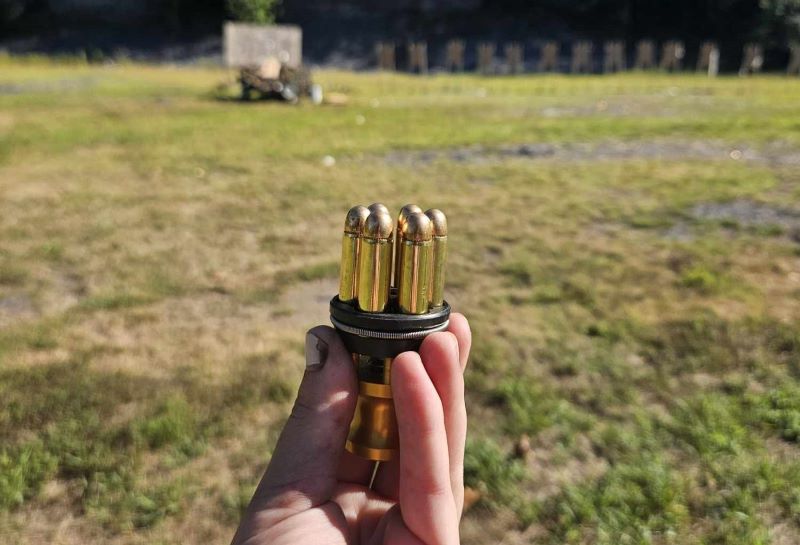
Speed strips are often used with smaller, more concealable revolvers that can be thrown into a pocket such as the Smith & Wesson J-frame. A speed strip is a rubbery strip that holds ammo. They can also be stored in a pocket and lie flat. For loading, press the speed strip into the cylinder and peel the strip back. This loosens rounds into the chamber one by one.
Lastly, moon clips hold 5-6 rounds of ammo and drop into the cylinder without removing anything. Moon clips can be delicate, though, and often bend if stepped on or not taken care of. This will affect the seating of the ammo and cylinder into the gun. Furthermore, revolver cylinders need to be compatible with moon clips to work, and not all revolvers accept moon clips.
For beginners, I recommend running speed loaders, and if you want to play with a speed strip, buy one or two and throw them in your pocket at a class.
I’ve listed a few trustworthy products below. Ensure you purchase the correct caliber and model of the reloading tool.
If running speed loaders…
- Speed Beez
- Safariland Competition
Don’t forget speed loaders have to go somewhere on the body!
Speed Loader Holders…
- Safariland Clip On Speedloader Holder
- Safariland Triple Speedloader Holder
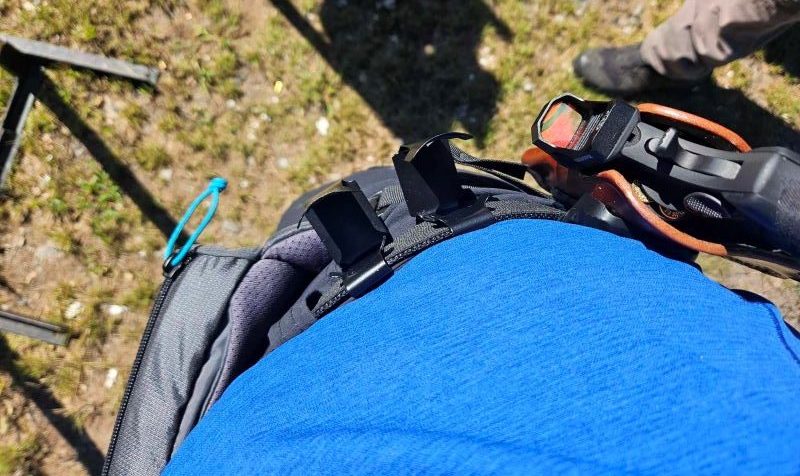
If running speed strips…
- Bianchi Speed Strip
- Tuff Products QuickStrips
Pro Tip: Leave one space on the strip without a round so your finger can be placed there to peel back the strip once the round is seated.
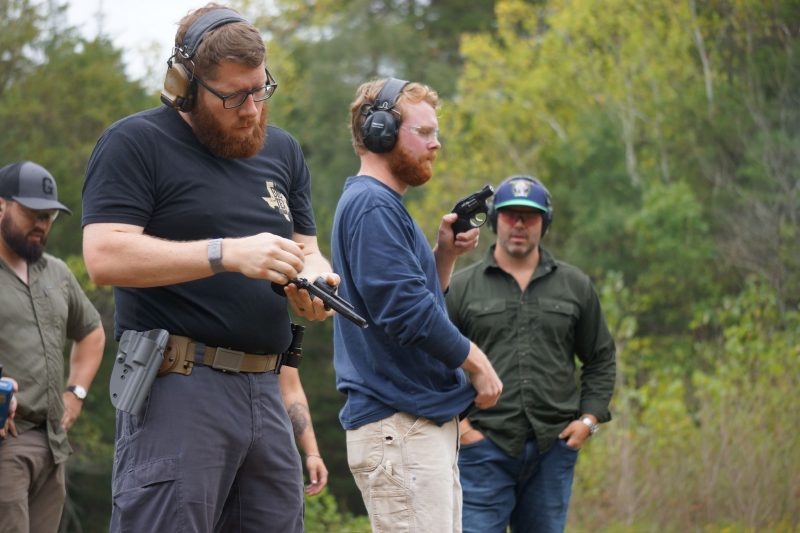
Admin and Revolver Cleaning Supplies and Tools
Caleb’s class included a very special and pretty unique portion that covered revolver maintenance. Caleb covered checking certain screws on the revolver for tightness, lubrication points, and what to clean after a day of shooting. Beginner or not, your range bag should always contain a few tools for a day spent revolver shooting.
Tool with Attachments
Not only do we need to worry about the revolver, but we also need to worry about the sights. Click-adjustable iron sights will need an attachment or tool to adjust when zeroing. A red dot will need a tool to adjust zero but also one that fits the mounting plates in case they come loose.
- Multitasker Twist Gun Tool
- Wheeler F.A.T. Stix Preset Torque Wrench Set
Lube
Revolvers need lube! There are lots of moving parts, such as the ejector rod and the entire cylinder itself. The same type of lube on your carbines works on your revolver, such as a cleaner, lubricant, protectant (CLP) type lubricant.
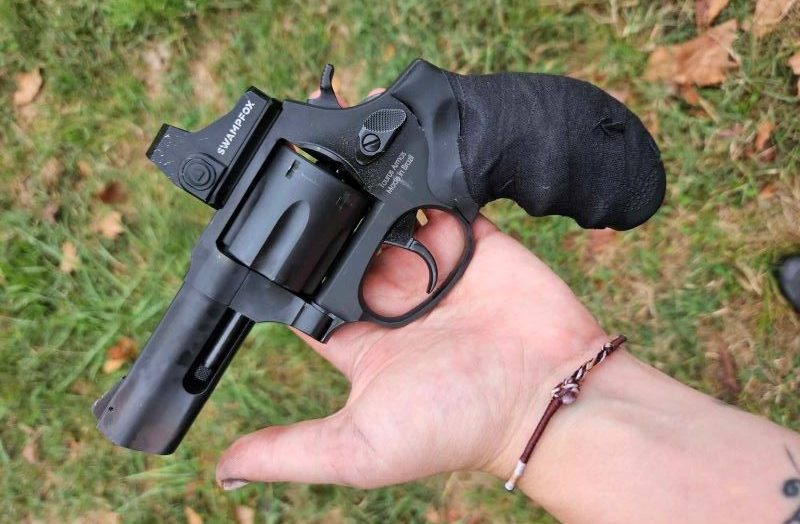
Marking Tools
After tightening screws on any piece of equipment, it’s a good habit to make a witness mark. This means putting a line through the screw and gun. If the screw backs off, the line no longer matches, indicating something worked loose. A thin paint pen will work, or even a silver Sharpie. It’s also good practice to mark your reloading tools with your initials. Often, these reloading tools are dropped during the reload and many on the line will be running the same tools. Marking them with your name ensures they aren’t accidentally mistaken for someone else’s.
The post Revolver Gear List for Beginners appeared first on The Mag Life.
Read the full article here

